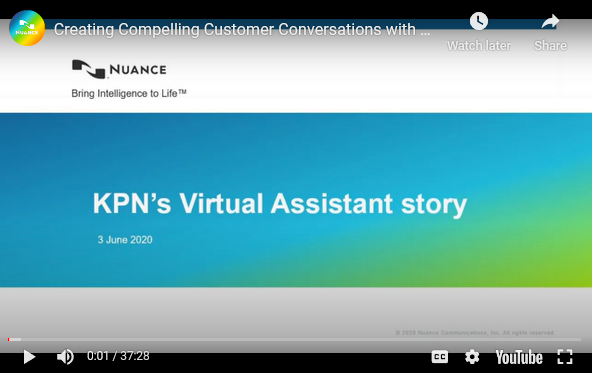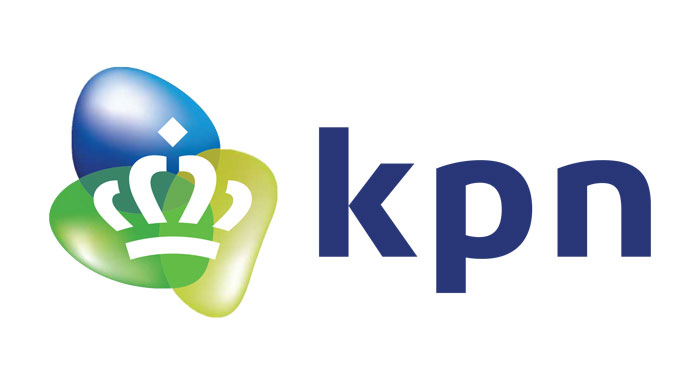I recently caught up with Mark Wessel from KPN, the Netherlands’ leading telco provider, to talk about the company’s virtual assistant as part of our Creating Compelling Customer Conversations virtual event series.
It’s the classic question in customer service: how do you turn the contact center from a necessary yet expensive part of your organization into a source of value and exceptional customer experiences?
As part of our Creating Compelling Customer Conversations series, I recently caught up with Mark Wessel, Product Owner for Conversational at KPN, to discuss how his team is doing just that. For the Netherlands’ leading telecommunications provider, achieving this holy grail in the contact center meant kicking off a service-focused digital transformation project.
Customers contacting KPN today through its live chat—one of the organization’s most popular channels—now most often engage with a virtual assistant. That assistant has been so successful, the team is now working on extending it throughout its diverse mix of customer service touchpoints.
My discussion with Mark ranged from the importance of a Natural Language Understanding engine that worked effectively with Dutch, to the nuts and bolts of how Nuance’s Intelligent Engagement Platform fits into KPN’s backend operations. Here are five key takeaways from the session.

1. Automation isn’t always the answer
It may seem counterintuitive, but containment isn’t always the goal of a virtual assistant interaction. It’s vital to understand when an automated service can handle a customer’s request effectively, and when it’s best to escalate it to a human agent.
KPN’s virtual assistant pays close attention to the intents expressed by the customer during the first message exchanges. For discussions around retention, for example, it will always pass the contact on to an agent, to ensure the customer is getting a fully personalised experience.
2. It’s not all about the CSAT score
It might come as a surprise to you that the introduction of KPN’s virtual assistant hasn’t changed KPN’s overall CSAT score—but the success of the platform is about more than the metrics.
KPN already had a very strong focus on customer experience, and consistency is key for new additions to its service. The virtual assistant is helping the team maintain a high standard of experience across millions of interactions each year in its live chat function.
3. Be honest with your customers
Do your customers know they’re talking to a virtual assistant? The answer should always be yes, according to Mark.
Not only does it promote transparency and trust between the organization and the customers, it also encourages people to adopt these technologies more freely—which can be an uphill battle if customers are particularly attached to traditional service routes. When they knowingly have good experiences with a virtual assistant, they’re more likely to engage with it in the future.
4. Successful projects rely on the right mix of skills
Every customer experience project has different skill requirements—and some organizations are more hands-on with their projects than others. For Mark’s team at KPN, it was vital that as much of the work as possible was handled by an in-house team, from data analysts to copywriters.
On the Nuance end, that meant providing the tools KPN needed for complete control over the experience – something Nuance offers as part of its flexible approach in addition to more hands-on custom builds.
5. The hype for AI is dying down—but now we’re seeing value
From Mark’s perspective, we’re beginning to see a plateau in the excitement around AI—which has been building steadily for the past few years. However, as organizations start to look past the hype and focus on the practical aspects of the technologies surrounding AI, we’re starting to see real value in the real-world applications.







